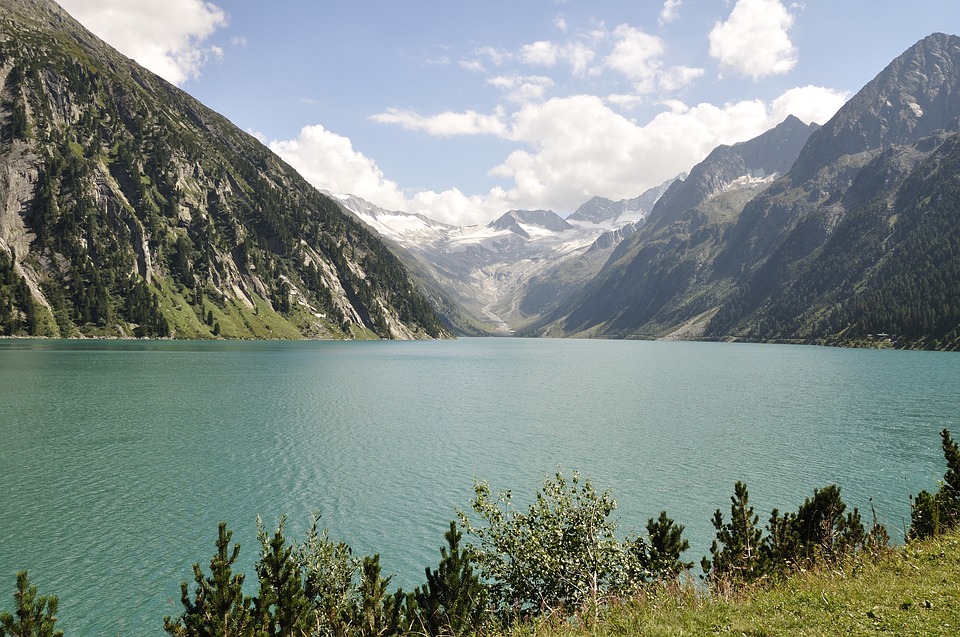Just over a year ago, in December 2015, the Second Circuit heard oral arguments over a district court’s decision striking down an EPA rule exempting water transfers from Clean Water Act (CWA) review. Last week, the Second Circuit reversed the district court’s decision in Catskills Mountains Chapter of Trout Unlimited et al. v. Environmental Protection Agency and declared the Water Transfers Rule valid.
Back in 2008, a collection of states and conservation groups sued the EPA over its National Pollutant Water Transfers Rule. The rule provided that some water transfers are not regulated under the National Pollutant Discharge Elimination System (NPDES) permitting program established by the CWA. The rule allows water, even if contaminated, to be transferred between basins without a permit. The “transfer” in this case involved the movement of water from remote areas north of New York City to reservoirs alongside the Hudson River in order to service the City.
The district court, in declaring the rule invalid, had applied the two-part “Chevron” test (Chevron U.S.A., Inc v. NRDC, 467 U.S. 837) to determine the regulatory authority at issue. Per the Center for Effective Government, under Chevron, a court “must determine whether Congress spoke directly to the question at issue. If so, then the court defers to the statute. If Congress did not address the issue in question in the statute itself, then the court must determine if the agency’s response to the statute is based on a “permissible” interpretation of the statute.”
Applying Chevron, the district court determined that the Water Transfers Rule could not survive judicial scrutiny because it was based on an “unreasonable interpretation” of the Clean Water Act. The EPA argued “ambiguous language” within the law demanded the agency be given leeway for its own interpretation.
Per last week’s opinion, the Second Circuit agreed with the district court’s reasoning that “the Clean Water Act does not speak directly to the precise question of whether NPDES permits are required for water transfers.” However, the court disagreed with the district court’s further analysis and concluded that, “The Act does not require that water quality be improved whatever the cost or means, and the Rule preserves state authority over many aspects of water regulation, gives regulators flexibility to balance the need to improve water quality with the potentially high costs of compliance with an NPDES permitting program, and allows for several alternative means for regulating water transfers.”
A copy of the Second Circuit opinion is available here.
